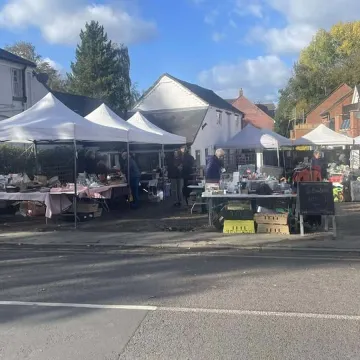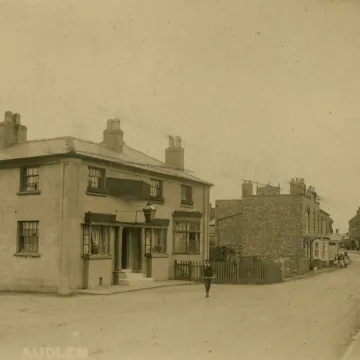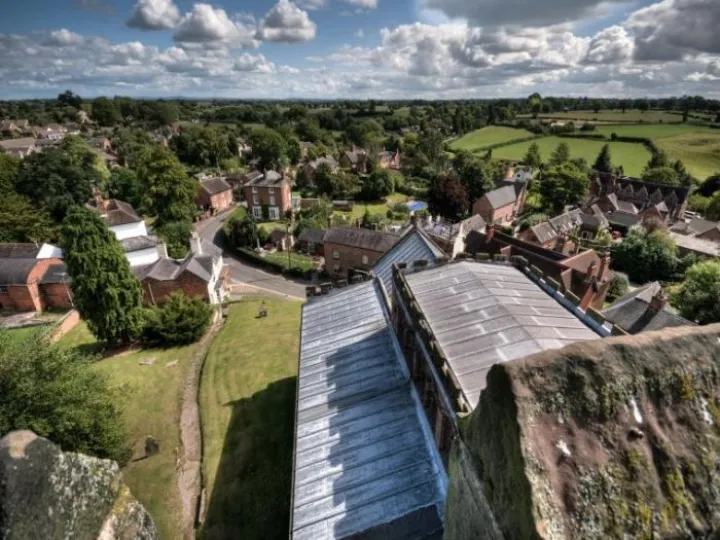







Crystal Palace burns down
Almost a quarter of a mile long, and rising more than 400 feet into the air, the Crystal Palace was a magnificent display of Victorian confidence and ambition. The building was originally erected in London's Hyde Park for the Great Exhibition of 1851. Prince Albert had first suggested such an exhibition, which was to serve partly as a symbol of British industrial and political strength for the rest of the world to see, partly as a market place for the products of the country and the empire. The event was a massive success, attracting visitors not just from Britain but from all over the world.
The vast building of iron and glass was designed by eminent Victorian architect Sir Joseph Paxton . Once the exhibition itself had ended there was much debate about what to do with the building – it was impossible for it to stay longer term in Hyde Park. Paxton was the leading light in the decision to move the building to a new site, the genteel London suburb of Sydenham Hill, where it would be re-erected in a park in the Penge Place Estate, which happened to be owned by his friend and backer Leo Schuster, a railway magnate.
On the night of November 30th 1936 the grand old building suffered its final tragedy. A small fire broke out, probably started by old and badly maintained wiring. Henry Buckland, whose efforts over many years had at least slowed the decline, was out walking his dog, and spotted the fire in its early stages, but it had already taken hold. Everything seemed to conspire to put the old building out of its misery: that night there were strong winds; the old wooden floors were dry and made the ideal conduits to spread the conflagration; as the flames rose they found more fuel, broken glass panes having been 'temporarily' replaced by boards; the design itself added to the difficulties, the towers acting as chimneys drawing air in at the lower levels.
In spite of 88 fire engines sent from four fire brigades being deployed to fight the inferno, and the heroic efforts of more than a thousand fire-fighters and police, by dawn the building had been utterly devastated. Piles of melted glass lay everywhere; girders heaped in crazy patterns, some of them partly melted by the intensity of the blaze. Here and there elements of the old place remained: Paxton's bust, and some sphinxes; the two water towers designed by Brunel .
Because of lack of funds the Palace had not been fully insured, and so rebuilding was out of the question. There was something symbolic in the end of the building, as there had been in its original construction. In 1851 the British Empire was in its pomp, a world power showing it was the hub of world trade. By 1936 times had changed, and though still a major power Britain was evidently slipping away from her greatest days. The situation was summed up perfectly by Winston Churchill who had witnessed the flames soaring into the night sky: "This is the end of an age."
You can see old Pathe news footage of the event here.
Was the Great Exhibition profitable?
[Click here for the answer]
{Yes, very much so, The event made a surplus of £186,000 (equivalent to £18,690,000) money which was used to found the Victoria and Albert Museum, the Science Museum and the Natural History Museum in South Kensington}
This article is from our news archive. As a result pictures or videos originally associated with it may have been removed and some of the content may no longer be accurate or relevant.
Get In Touch
AudlemOnline is powered by our active community.
Please send us your news and views using the button below:
Email: editor@audlem.org





